
New dacia range of cars, suvs, wagons, sedans, trucks prepared to consume LPG / Propane
Romania's leading revenue company and the country's largest exporter, Dacia has come a long way since its conception as a communist state enterprise.
Founded in 1966, Dacia was founded under the name of Uzina de Autoturisme Pitesti (UAP). The main factory was built in 1968 in Colibasi, now Mioveni. Dacia acquired the basic design and tools of the Renault 12. However, until the tools were ready, the decision was made to produce the Renault 8 under license. This was known as the Dacia 1100, and it was the first Dacia produced
Renault acquired Dacia in 1999. After not buying Skoda in a joint venture with Volvo, Renault bought Dacia and injected € 2.2 billion into the company to upgrade its facilities and product line. His ambition was to create a basic level car for developing markets. Its main objective was to keep costs to a minimum but also to ensure that the final product was reliable.
A new dacia LPG / Propane Model of van in USA usually maintains the same gasoline system as the traditional version incorporating the LPG / Propane equipment
the dacia LPG / Propane van has a price slightly higher than the gasoline version but lower than the diesel version
Although it can be established that operating in LPG / Propane mode the vehicle consumes a little more than gasoline, the price of fuel has an interesting saving
The refilling from the supplier is carried out in a time comparable to that necessary for refueling gasoline. The system is, likewise, very simple and comfortable.
Being a cleaner system, catalytic converters, filters, "adblues" are eliminated, which reduces the possibility of mechanical breakdowns. Thus, for example, the service life of the oil increases with what it means for motor care
The first cities begin to limit the access of diesel vehicles, in their restrictive regulations vehicles with LPG have access advantages
Cars with the possibility of being adapted to consume LPG / Propane
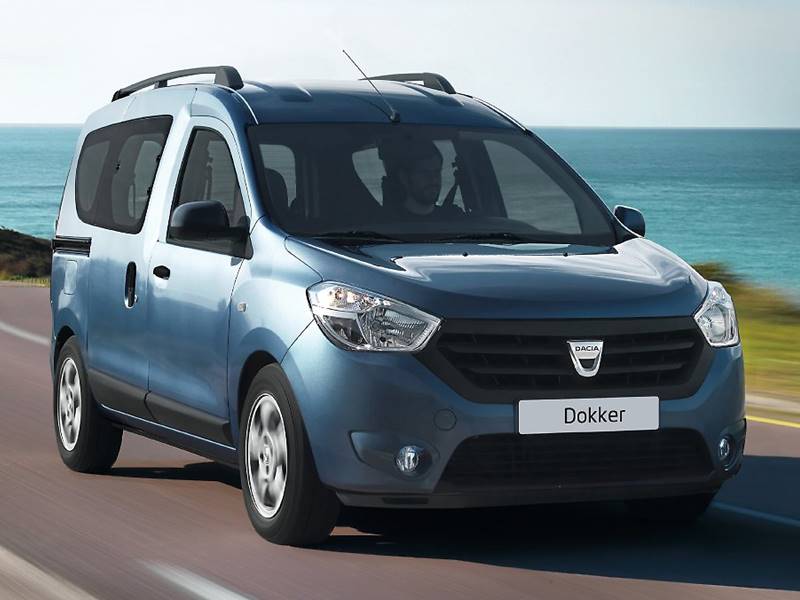
Dokker
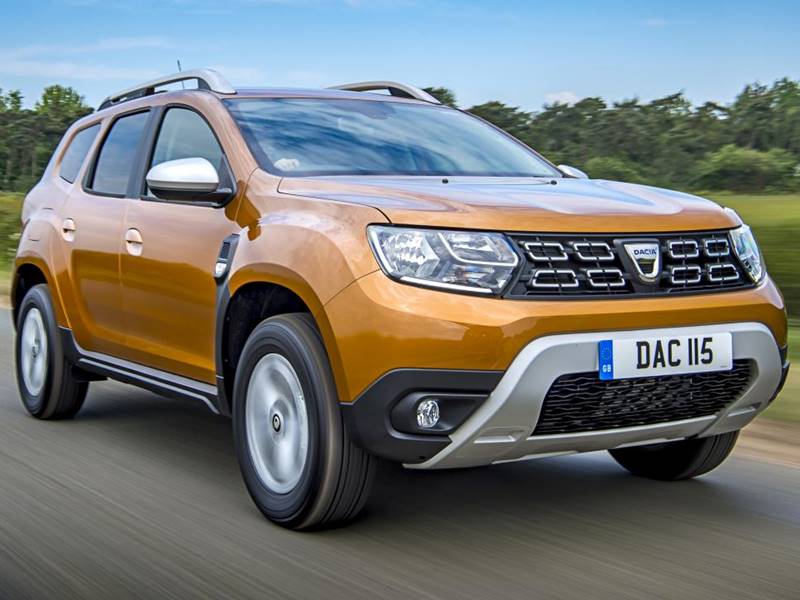
Duster
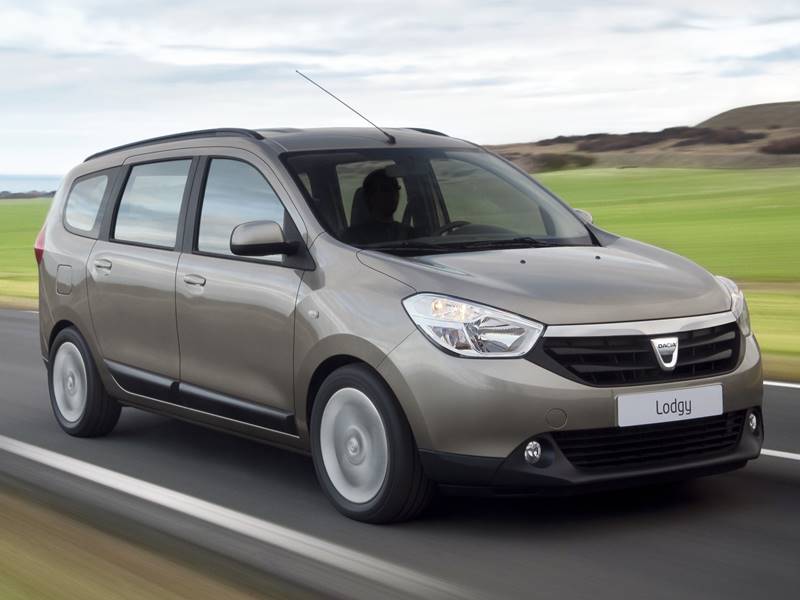
Lodgy
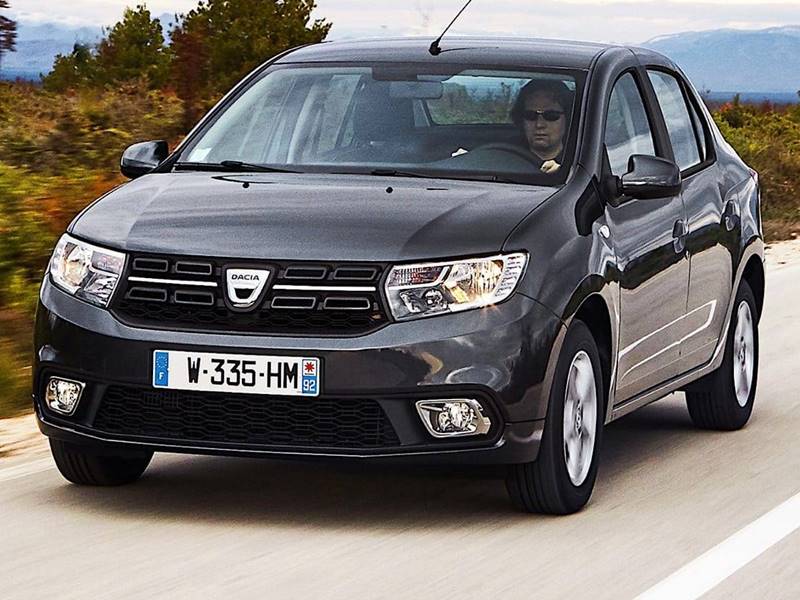
Logan

Logan MCV
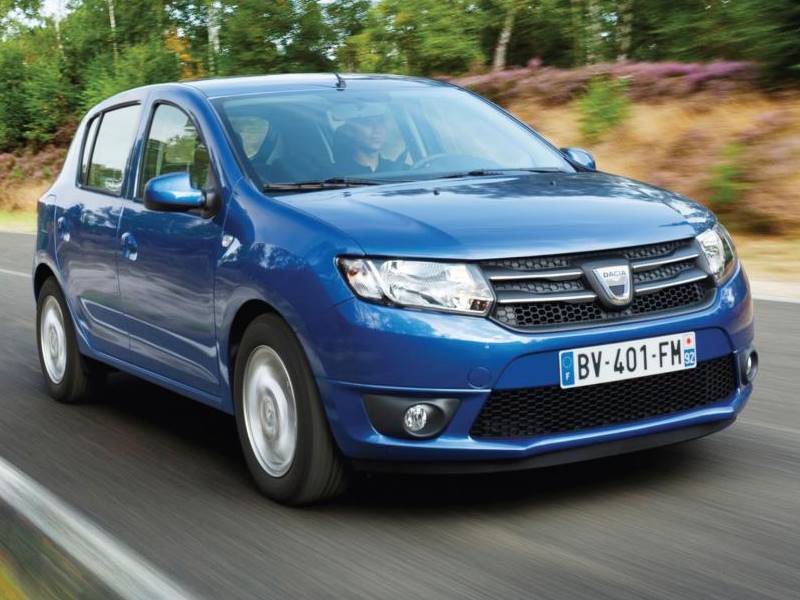
Sandero




Dacia celebrates its 50th anniversary and opens the doors of the Pitesti factory, as well as the technical center of Titu, the second largest European technical center of the Renault group, both located in Romania. We immerse ourselves in the universe of the Romanian brand, to know first-hand the whole process of creating their models, from development to manufacturing, and understand a little more the universe in which the brand evolves. Despite its low-cost brand character, Dacia uses the umbrella of the Renault Group in terms of technology and development techniques. However, the manufacturer evolves under the maxim "adapt to the needs of customers", which translates into a continuous flexibility: look for the most profitable to continue offering the best price. On this basis, Dacia prefers to use the term "intelligent purchase" or "intelligent purchase", following companies like IKEA, HM, Lidl or Ryanai, moving away from the term "low price". The brand began its journey on August 20, 1968, when the first Dacia was born, 1100, based on the Renault 8. Its history has always been Renault: it was born in 1966 as a company related to the government and the French manufacturer, with whom he signed a production license agreement. In 1999, it was private with Renault as the main shareholder with a 51% stake and, finally, in 2004, the gala brand acquired 99.3% of the shares of the Romanian manufacturer. New Age Dacia materializes in the global access strategy, now formed by a wide range of first price models sold in Europe and emerging markets. In fact, Renault models marketed in Africa, Asia or Latin America are actually Dacia, sharing some denominations with the brand itself. Today, Dacia has ten factories all over the world, but its factory in Pitesti, 120 km from Bucharest, was the first to be born. Since the first Dacia 1100 left its assembly line it has been a lot, but after more than 50 years of life it is still the only Dacia plant on European soil. With that we began our visit to celebrate the 50th anniversary of Dacia.
Located in the Pitesti region, specifically in the city of Mioveni, this plant has evolved considerably in recent years, presenting new processes typical of Industry 4.0. Automation, digitization and big data are three of the main pillars in which the factories of the future operate and that have begun to be implemented in the Pitesti plant. Today, Dacia's parent plant has 800 robots and 118 guided automatic vehicles. In addition, its operators use a total of 400 tablets to update the robot's processes, as well as to analyze incidents. Currently, several printers are connected remotely to computers, which allows preventive maintenance, foreseeing possible errors, and will increase to 100 by the end of 2019. In summary, Pitesti has been significantly modernized in recent years as a result of other car manufacturers, although it stands out as the first factory in the world to develop a pilot program to control and monitor the packaging of the components. In this way, the factory can know at any time where the stock is being transported. In Pitesti, the Dacia Logan, the Logan MCV, the Sandero, the Symbol and the flagship of the brand, Dacia Duster, are manufactured. A total of 1,100 models are produced daily, of which 1,000 are Duster, so we are talking about more than two thirds of the production of the Romanian SUV, which has just launched its second generation. The plant, of 500,000 m², is divided into different flags, where several elements of the brand's cars are manufactured, starting with the frame, and following the body or axis and ending with the driving line itself. In terms of mechanics, Pitesti manufactures only three engines, all of them gasoline, and only two are marketed in Europe. Interestingly, none of the engines of the new Duster is developed in the Mioveni factory. The jewel in the crown as the engines that we find in the Tce of 0.9 liters, which develops in blocks of 90 and 110 HP. The first is supplied by a large part of the Dacia range marketed in Spain, such as Sandero, Logan, Logan MCV, as well as the fourth generation of the Clio. The second is in third-generation Twingo, in its sport GT version. In addition to this propeller is the SCe 70 HP, which is also in the new Twingo or Smart ForFour, as well as the 1.6 MPI, already residual and intended for models for emerging markets. In Pitesti there are also two gearboxes, the automatic six-speed TS4 and manual also six TLx ratios, which is added to the integral traction management module found in some versions of Dacia Duster. The plant has its own aluminum smelter, which produces more than 25,000 reels annually, and its paint area, where the body acquires color through the cataphoresis process that uses magnetic currents.
In the same way, the Romanian plant assembles each of the models mentioned above, although the rest of the components come from some 1,500 suppliers that collaborate with Dacia. We are witnessing many of the processes, such as the creation of the engine head, the hood when passing the presses or the rubber assembly that protects the door frames. Although machines have the most important role, with fully automated areas, there are still many operators, especially in the field of assembly or final assembly. At present, the manufacturer is focusing on the hybridization of gases, with LPG as the maximum exponent. Not in vain, in Romania, this type of fuel is quite standardized: most of the service stations that we saw during our visit to Bucharest and surrounding areas, also provided Autogas. Currently, between 5% and 10% of Dacia Duster produced in Pitesti are LPG **, which is confirmed by Christophe Dridi, director of the Pitesti plant, between 50 and 100 units per day. Carsharing, at the moment, does not fit into Dacia's plans, since its main market is the private one, where they appreciate their best figures. At a European level, the Dacia Sandero was the best-selling model in 2017, he remembers it in Spain for four years, while the Dacia Duster, his biggest bet today, is the best-selling SUV in Europe in the last year.
 POSSIBILITY OF BEING ADAPTED TO CONSUME LPG / PROPANE
POSSIBILITY OF BEING ADAPTED TO CONSUME LPG / PROPANE







